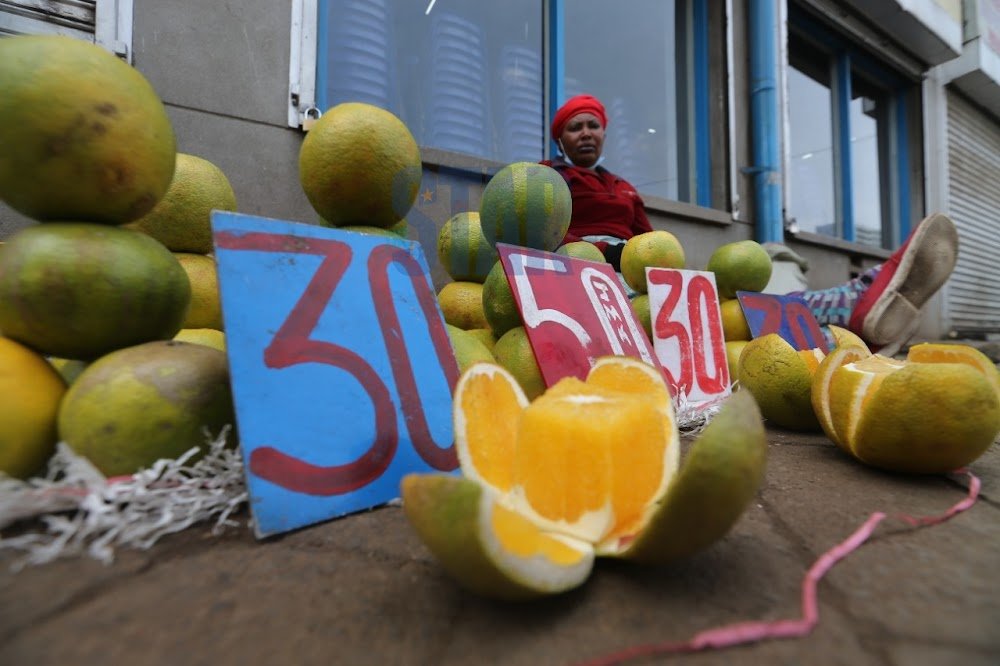First, poor households bear the brunt of rising food costs. According to data from the KNBS, food accounts for 54 percent of Kenyans’ household expenditure on average.
Those in rural areas spend 65 percent. Also, an average of 68 percent of food is purchased by households, with those in urban areas purchasing 85 percent of what they consume. Second, Northern Kenya and other arid lands in Kenya are facing a drought affecting the Horn of Africa.
By August 2022, 4.3 million Kenyans across 20 counties were in need of food assistance. Already, there are rising numbers of children reported to be malnourished in seven counties that are worst affected by the drought.
The outlook for the country and affordable food prices given the status quo is pessimistic. Last year, livestock farmers were hit hard by rising costs of animal feeds in the country.
The rising cost of animal feeds was attributed to shortages in raw materials such as soya in the global markets due to the effects of the pandemic. Kenya imports most of the raw materials for animal feed manufacturing.
Unfortunately, most farmers were driven out of business because they could not compete with cheap imports from neighbouring countries. To protect local producers, the government imposed a tariff on some of the products.
However, this adversely affected consumers. The tariff was lifted in December 2021. The government announced a duty waiver on raw materials for animal feeds, but rising global prices mean that the expected effect in reducing local prices for animal feeds has not been realised.
On the other hand, fertiliser prices rose by 70 percent from those during the main planting season time last year. The rise, which started in 2021, was mainly attributed to supply chain disruptions due to the pandemic. The Russian invasion of Ukraine has further complicated matters pertaining to food security and prices for Kenya. In 2020, Russia accounted for 17 percent of fertiliser imports to the country.
Also, Russia was the leading exporter of wheat to Kenya, accounting for almost one-third (32 percent) of wheat imports to the country.

